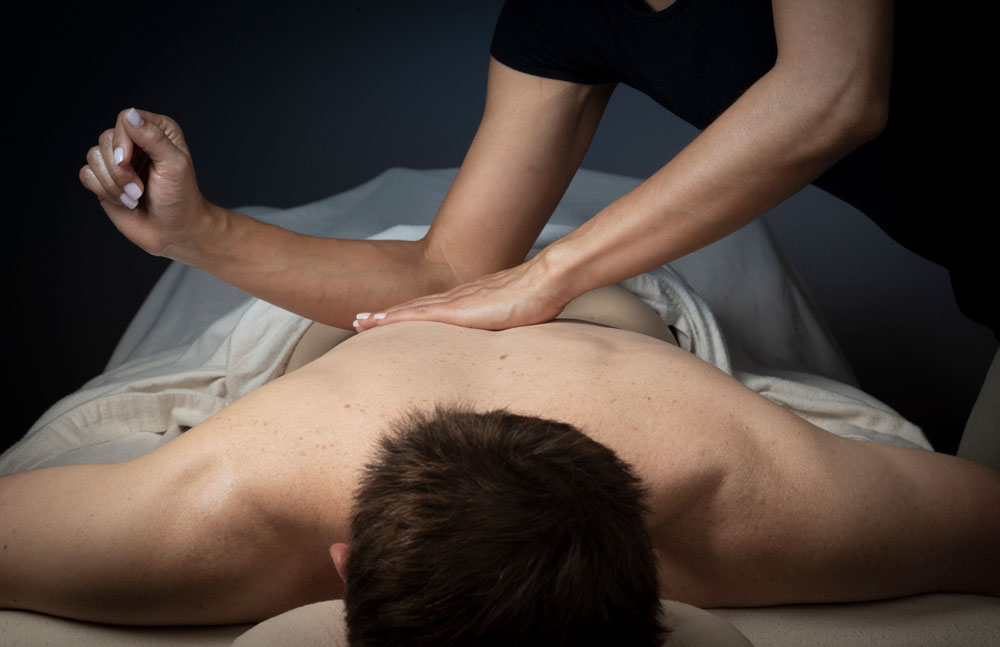What is Myofascial Release?
Myofascial release is an amalgamation of simple and easy stretching and massage, which helps to release muscle tension and break up scar tissue. The physiotherapist will use mild traction and twisting methods in conjunction with light stretching to achieve this. Each stretch and massage method might take several minutes to accomplish and should be repeated until the muscle is relaxed.
As a result of the fascial system, movement can be increased without pain and with cushioning support. It helps to detect restrictions and facilitates fascia release through myofascial release. There can be pressure and pain on sensitive structures created by myofascial restrictions caused by injury, surgery, poor posture, or inflammation of tissues.
A trigger point is a pinpoint area of tension and tightness within the myofascial tissues that causes pain. Myofascial release is aimed at reducing pain by easing tension and tightness within trigger points. In some cases, it can be difficult to identify what trigger point is responsible for the pain. There is a great deal of difficulty in locating specific trigger points. Thus, myofascial release is often applied over a wide area of muscle and tissue rather than at a single point.



